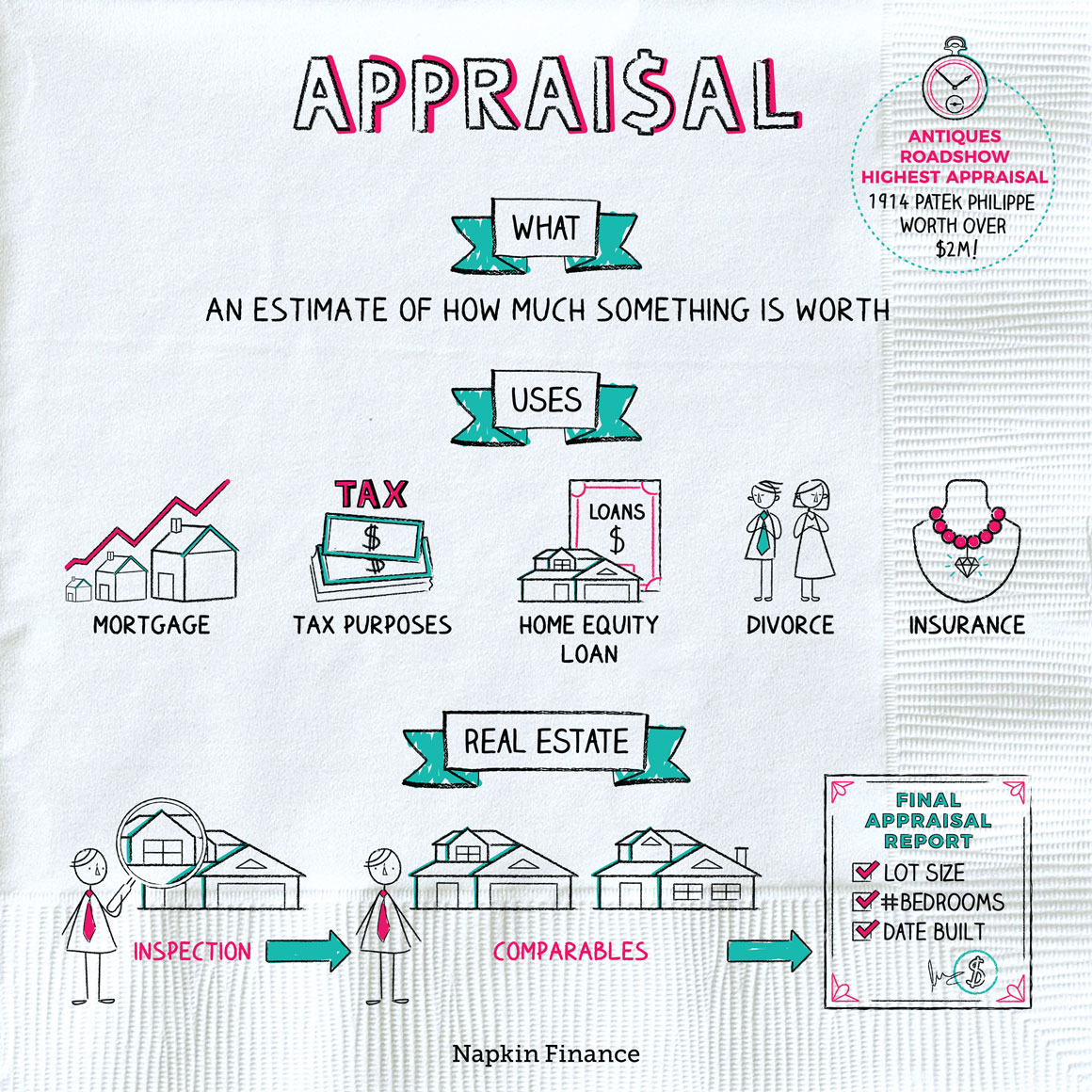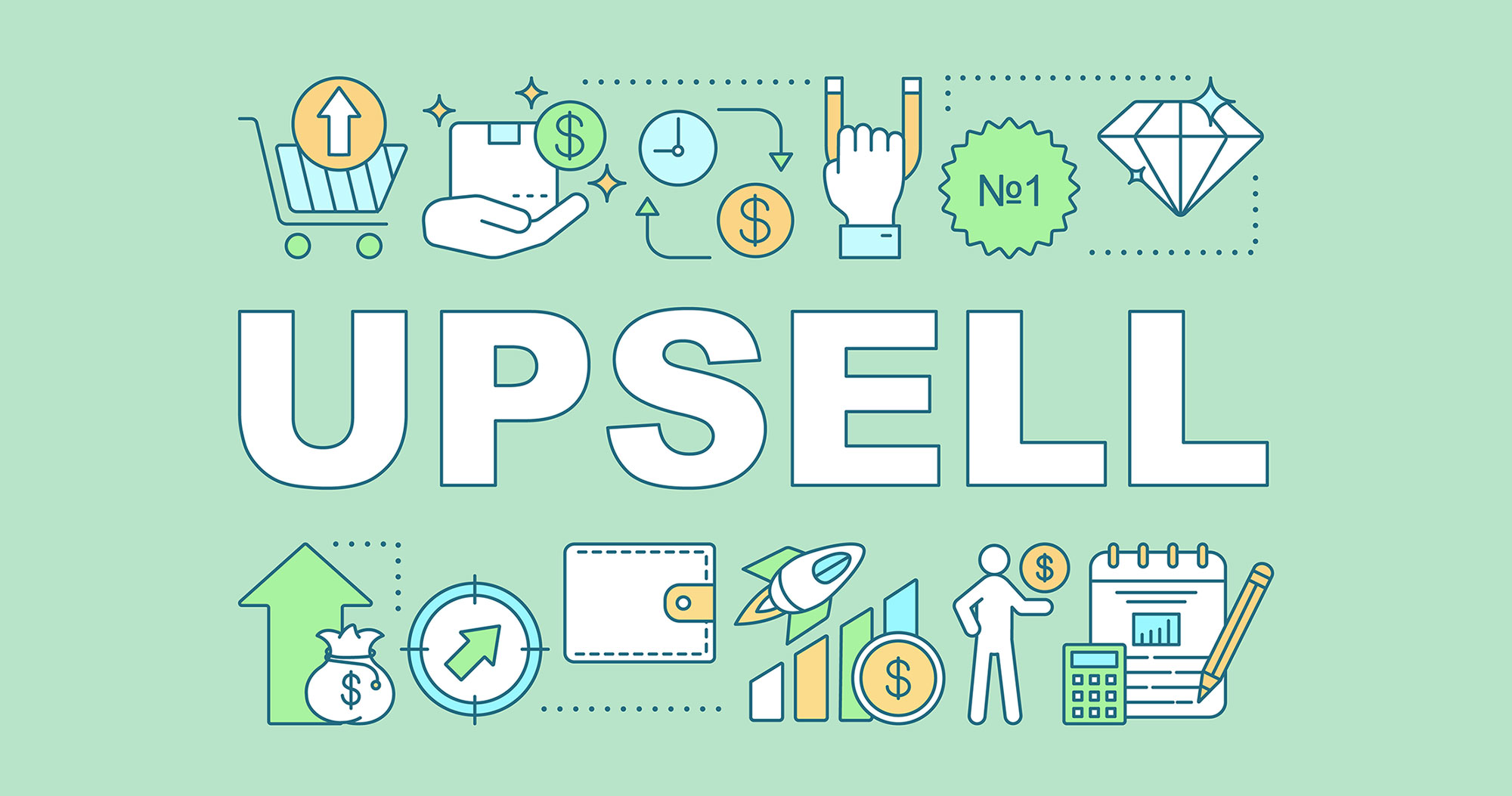Why Selling Your Domain Requires Strategic Planning
Selling a domain can be a lucrative venture, but it requires careful planning and execution to maximize its value. With the vast number of domain marketplaces available, choosing the right platform is crucial to reaching potential buyers and securing a fair price. A suboptimal choice can lead to lower sale prices, reduced exposure, and a longer sales cycle. In fact, selecting the best place to sell your domain is essential to achieving a successful outcome.
Domain sellers often underestimate the importance of marketplace selection, leading to disappointing results. A well-planned strategy, on the other hand, can help domain owners navigate the complex sales process and achieve their goals. By understanding the strengths and weaknesses of various marketplaces, sellers can make informed decisions and increase their chances of success.
For instance, some marketplaces cater to specific types of domains, such as brandable or premium domains. Others may offer more competitive commission rates or a larger user base. By considering these factors, domain sellers can identify the best platform for their needs and create a effective sales strategy. In the next section, we will explore the key factors to consider when evaluating domain marketplaces and provide examples of popular platforms.
How to Determine the Best Domain Selling Platform for Your Needs
When evaluating domain marketplaces, several key factors come into play. Commission rates, target audience, and user interface are just a few of the essential considerations. By understanding these factors, domain sellers can make informed decisions and choose the best place to sell their domain.
Commission rates vary widely across marketplaces, ranging from 5% to 20% or more. While lower commission rates may seem appealing, they often come with trade-offs, such as limited exposure or fewer buyer leads. On the other hand, marketplaces with higher commission rates may offer more comprehensive services, such as domain appraisal and marketing support.
The target audience is another critical factor to consider. Different marketplaces cater to different types of buyers, such as end-users, investors, or resellers. For example, Sedo is a popular platform for buying and selling premium domains, while Uniregistry is geared towards domain investors. GoDaddy Auctions, on the other hand, is a more general marketplace that attracts a wide range of buyers.
User interface is also an important consideration. A user-friendly interface can make it easier to list and manage domains, while a clunky interface can lead to frustration and lost sales. Look for marketplaces with intuitive interfaces, robust search functionality, and clear instructions for buyers and sellers.
By carefully evaluating these factors, domain sellers can choose the best marketplace for their needs and increase their chances of success. In the next section, we will explore some lesser-known marketplaces that specialize in specific types of domains.
Uncovering Hidden Gems: Niche Marketplaces for Domain Sales
While popular marketplaces like Sedo and Uniregistry are well-known, there are several niche marketplaces that specialize in specific types of domains. These platforms can be a great way to reach targeted buyers and increase the chances of selling your domain.
For example, BrandBucket is a marketplace that specializes in brandable domains. This platform is ideal for sellers who have domains that are perfect for startups or small businesses looking to establish a strong online presence. By listing your domain on BrandBucket, you can reach a targeted audience of entrepreneurs and business owners who are looking for a unique and memorable domain name.
Another niche marketplace is DomainNameSales, which specializes in premium domains. This platform is ideal for sellers who have high-value domains that are perfect for large corporations or established businesses. By listing your domain on DomainNameSales, you can reach a targeted audience of serious buyers who are looking for a premium domain name.
Other niche marketplaces include NamePros, which specializes in domain name sales and auctions, and DomainState, which offers a platform for buying and selling domains, as well as domain name parking and monetization. By exploring these niche marketplaces, domain sellers can find the best place to sell their domain and reach a targeted audience of potential buyers.
Using niche marketplaces can be a great way to increase the visibility of your domain and attract targeted buyers. By choosing the right platform for your domain, you can increase the chances of selling your domain and getting the best possible price.
The Role of Domain Appraisal in Determining Your Asking Price
Accurately appraising your domain’s value is crucial before listing it for sale. A well-researched and realistic asking price can help attract potential buyers and increase the chances of selling your domain. On the other hand, an overpriced or underpriced domain can deter buyers and lead to a longer sales cycle.
There are several methods for determining domain value, including automated appraisal tools and manual evaluations. Automated tools, such as Estibot and DomainIndex, use algorithms to estimate a domain’s value based on factors like keyword popularity, search volume, and domain age. While these tools can provide a quick and rough estimate, they may not always be accurate.
Manual evaluations, on the other hand, involve a more thorough analysis of a domain’s strengths and weaknesses. This can include assessing the domain’s brandability, memorability, and potential for development. Manual evaluations can provide a more accurate estimate of a domain’s value, but they require more time and expertise.
When appraising your domain’s value, it’s essential to consider multiple factors, including the domain’s length, extension, and keyword relevance. You should also research comparable sales of similar domains to determine a fair and realistic asking price. By taking the time to accurately appraise your domain’s value, you can increase the chances of selling your domain and getting the best possible price.
Remember, the best place to sell your domain is one that allows you to showcase your domain’s value and attract potential buyers. By accurately appraising your domain’s value and pricing it competitively, you can increase the chances of selling your domain and achieving a successful outcome.
Creating a Compelling Domain Listing: Tips and Best Practices
When it comes to selling a domain, the listing is often the first impression potential buyers have of the online asset. A well-crafted listing can make all the difference in attracting serious buyers and ultimately selling the domain for the best possible price. In this section, we’ll explore the essential elements of a compelling domain listing and provide tips on how to create an effective one.
A clear and concise title is crucial in grabbing the attention of potential buyers. It should accurately reflect the domain’s name, keywords, and brand identity. Avoid using misleading or sensational titles that may deter serious buyers. Instead, focus on creating a title that clearly communicates the domain’s value proposition.
The description is where you can provide more details about the domain, its history, and its potential uses. Keep the description concise and focused on the domain’s key features and benefits. Avoid using jargon or technical terms that may confuse potential buyers. Use simple language to explain the domain’s value and why it’s a great opportunity for the right buyer.
Relevant keywords are essential in helping potential buyers find your domain listing. Conduct thorough keyword research to identify the most relevant and high-traffic keywords related to your domain. Use these keywords strategically throughout the listing, including the title, description, and tags.
High-quality images or logos can help bring your domain listing to life and make it more visually appealing. Use images that accurately represent the domain’s brand identity and are relevant to its niche or industry. Avoid using low-quality or irrelevant images that may detract from the listing’s overall quality.
Finally, make sure to include all relevant details about the domain, such as its registration date, expiration date, and any existing traffic or revenue. Providing transparent and accurate information can help build trust with potential buyers and increase the chances of a successful sale.
By following these tips and best practices, you can create a compelling domain listing that showcases your online asset in the best possible light. Remember to keep your listing concise, focused, and visually appealing, and don’t hesitate to highlight the domain’s unique features and benefits. With a well-crafted listing, you can increase your chances of selling your domain for the best possible price and finding the right buyer.
Marketing Your Domain to Attract Potential Buyers
Once you’ve created a compelling domain listing, it’s time to promote it to reach a wider audience. Effective marketing is crucial in attracting potential buyers and ultimately selling your domain for the best possible price. In this section, we’ll explore various strategies for promoting your domain listing and reaching the right buyers.
Social media advertising is a powerful way to reach a large audience and promote your domain listing. Platforms like Facebook, Twitter, and LinkedIn offer targeted advertising options that allow you to reach potential buyers based on their interests, demographics, and behaviors. Create a social media campaign that highlights the key features and benefits of your domain, and target it to the right audience.
Email marketing is another effective way to promote your domain listing. Build an email list of potential buyers and industry partners, and send them regular newsletters with updates on your domain. Use email marketing automation tools to personalize your messages and increase engagement.
Collaborating with influencers or industry partners can also help you reach a wider audience. Identify influencers or partners in your niche who have a large following or network, and ask them to promote your domain listing. Offer them a commission or incentive for each sale generated through their promotion.
Search engine optimization (SEO) is also crucial in promoting your domain listing. Optimize your listing with relevant keywords, meta descriptions, and header tags to improve its visibility in search engine results. This will help you attract organic traffic and potential buyers who are searching for domains like yours.
Domain forums and communities are also great places to promote your domain listing. Join online forums and communities related to your niche, and share your listing with the members. Engage with potential buyers, answer their questions, and provide them with more information about your domain.
Finally, consider using paid advertising options like Google AdWords or domain-specific advertising platforms. These platforms allow you to target potential buyers based on their search queries, demographics, and behaviors. Create a targeted advertising campaign that highlights the key features and benefits of your domain, and track its performance regularly.
By promoting your domain listing through these channels, you can increase its visibility, attract more potential buyers, and ultimately sell your domain for the best possible price. Remember to track the performance of your marketing efforts regularly, and adjust your strategy accordingly.
Negotiating the Sale: Essential Tips for Domain Sellers
Negotiating the sale of a domain can be a complex and challenging process. It requires a combination of technical knowledge, marketing skills, and interpersonal abilities. In this section, we’ll provide essential tips for domain sellers to navigate the sales process successfully.
Responding to inquiries is the first step in negotiating a sale. Be prepared to answer questions about the domain, its history, and its potential uses. Provide detailed and accurate information to build trust with potential buyers. Use this opportunity to highlight the domain’s unique features and benefits.
Negotiating prices is a critical aspect of the sales process. Be flexible and open to reasonable offers. Consider the domain’s value, the buyer’s budget, and the market conditions when determining a fair price. Use data and analytics to support your pricing decisions.
Ensuring a smooth transfer of ownership is crucial in completing the sale. Use a reputable escrow service to facilitate the transfer and protect both parties’ interests. Provide clear instructions and documentation to the buyer, and be available to answer any questions or concerns they may have.
Communication is key in negotiating a sale. Be responsive, professional, and courteous in all interactions with potential buyers. Use clear and concise language to avoid misunderstandings, and be willing to compromise to reach a mutually beneficial agreement.
Domain sales often involve multiple parties, including brokers, attorneys, and other stakeholders. Be prepared to work with these parties to facilitate the sale and ensure a smooth transfer of ownership.
Finally, be prepared to walk away from a deal if it’s not in your best interest. Don’t feel pressured to accept an offer that’s below your minimum price or doesn’t meet your requirements. Remember, the goal is to sell your domain for the best possible price and find the right buyer.
By following these essential tips, domain sellers can navigate the sales process successfully and maximize their domain’s value. Remember to stay focused, be flexible, and communicate effectively to achieve a successful sale.
In the best place to sell your domain, negotiation is a critical aspect of the sales process. By being prepared, flexible, and communicative, domain sellers can ensure a smooth transfer of ownership and maximize their domain’s value.
Conclusion: Choosing the Best Place to Sell Your Domain
Selling a domain requires strategic planning, and choosing the right marketplace is crucial in maximizing its value. By understanding the key factors to consider when evaluating domain marketplaces, such as commission rates, target audience, and user interface, domain sellers can make informed decisions and increase their chances of success.
Additionally, using niche marketplaces, accurately appraising domain value, creating compelling domain listings, marketing to potential buyers, and negotiating the sale effectively are all essential steps in the domain sales process.
By following these best practices and selecting the best place to sell your domain, you can increase your domain’s visibility, attract more potential buyers, and ultimately sell your domain for the best possible price.
Remember, the domain sales market is constantly evolving, and staying up-to-date with the latest trends and strategies is crucial in achieving success. By being proactive, flexible, and informed, domain sellers can navigate the sales process successfully and maximize their domain’s value.
In conclusion, choosing the best place to sell your domain is a critical decision that requires careful consideration and planning. By understanding the key factors to consider and employing effective sales strategies, domain sellers can increase their chances of success and maximize their domain’s value.
Whether you’re a seasoned domain investor or a newcomer to the market, finding the best place to sell your domain is essential in achieving your goals. By following the tips and best practices outlined in this article, you can increase your domain’s value and achieve a successful sale.
So, take the first step today and start exploring the best place to sell your domain. With the right strategy and platform, you can unlock your domain’s full potential and achieve a successful sale.







